plant protector bags?
misobento
13 years ago
Related Stories

HOUSEPLANTS8 Essentials for Healthy Indoor Plants
Houseplants add so much to our homes — and can thrive when grown in the right conditions. Keep these tips in mind
Full Story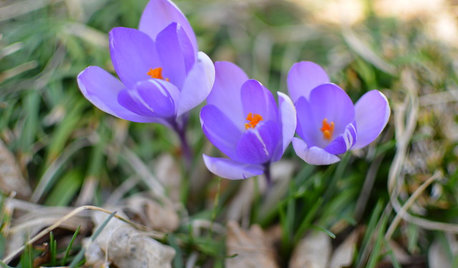
REGIONAL GARDEN GUIDESMid-Atlantic Gardener's March Checklist
Hunt for new growth in the garden but play the protector for baby plants and birds flying home to nest
Full Story
GARDENING GUIDESGreat Design Plant: Little Bluestem Goes Above and Beyond
It thrives in poor soil and provides food and shelter for wildlife. Plus, Schizachyrium scoparium is just a darn pretty native grass
Full Story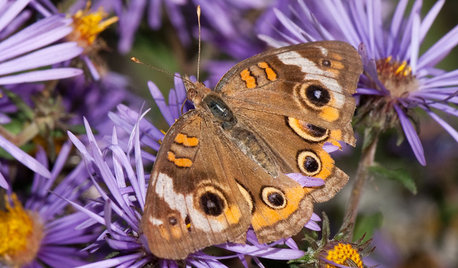
FALL GARDENINGGreat Design Plant: Symphyotrichum Novae-Angliae Ushers in Fall
With bold purple flowers easily accessible to pollinators, New England aster offers loads of interest in the autumn garden
Full Story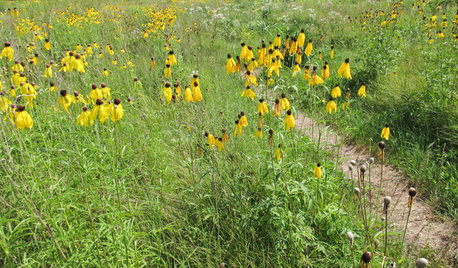
GARDENING GUIDESGreat Design Plant: Ratibida Pinnata Flutters in the Breeze
This bright coneflower brings splashes of yellow to eastern U.S. prairie gardens and perennial borders
Full Story
GARDENING GUIDESPrunus Virginiana Thrives Under Deciduous Trees
Plant chokecherry for showy white flowers favored by native bees in spring, and to provide nesting habitat and food for birds
Full Story
GARDENING FOR BIRDSFeed the Birds: 6 Plants for Abundant Winter Berries
Be kind to your fair feathered friends during lean food times by planting a shrub or tree loaded with nutritious snacks
Full Story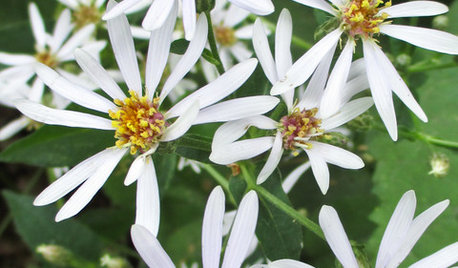
GARDENING GUIDESGreat Design Plant: Eurybia Macrophylla Fills a Void
Plant bigleaf aster in late fall for late-summer color in the shade garden
Full Story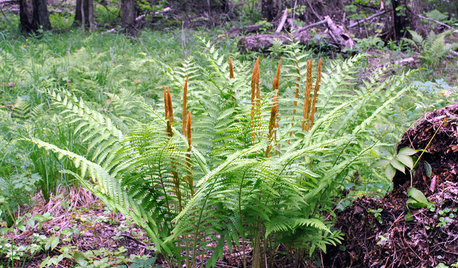
GARDENING GUIDESGreat Design Plant: Osmunda Cinnamomea
Cinnamon fern brings spring interest and summer cool to the shade garden
Full Story
GARDENING GUIDESDo You Have This Invasive Plant in Your Yard?
Garlic mustard is spreading across the U.S. Here’s how to spot it and what to do
Full StorySponsored
Custom Craftsmanship & Construction Solutions in Franklin County






mainegrower
rhodyman
Related Professionals
Belmont Landscape Architects & Landscape Designers · Benbrook Landscape Architects & Landscape Designers · Manorville Landscape Architects & Landscape Designers · Middle River Landscape Architects & Landscape Designers · Towson Landscape Architects & Landscape Designers · Maple Heights Landscape Architects & Landscape Designers · Bethel Park Landscape Contractors · Canyon Lake Landscape Contractors · Laguna Hills Landscape Contractors · Lantana Landscape Contractors · Mequon Landscape Contractors · Porterville Landscape Contractors · Ringwood Landscape Contractors · Maplewood Landscape Contractors · Raytown Landscape Contractorsbruce1_2009
rhodyman
mainegrower
rhodyman